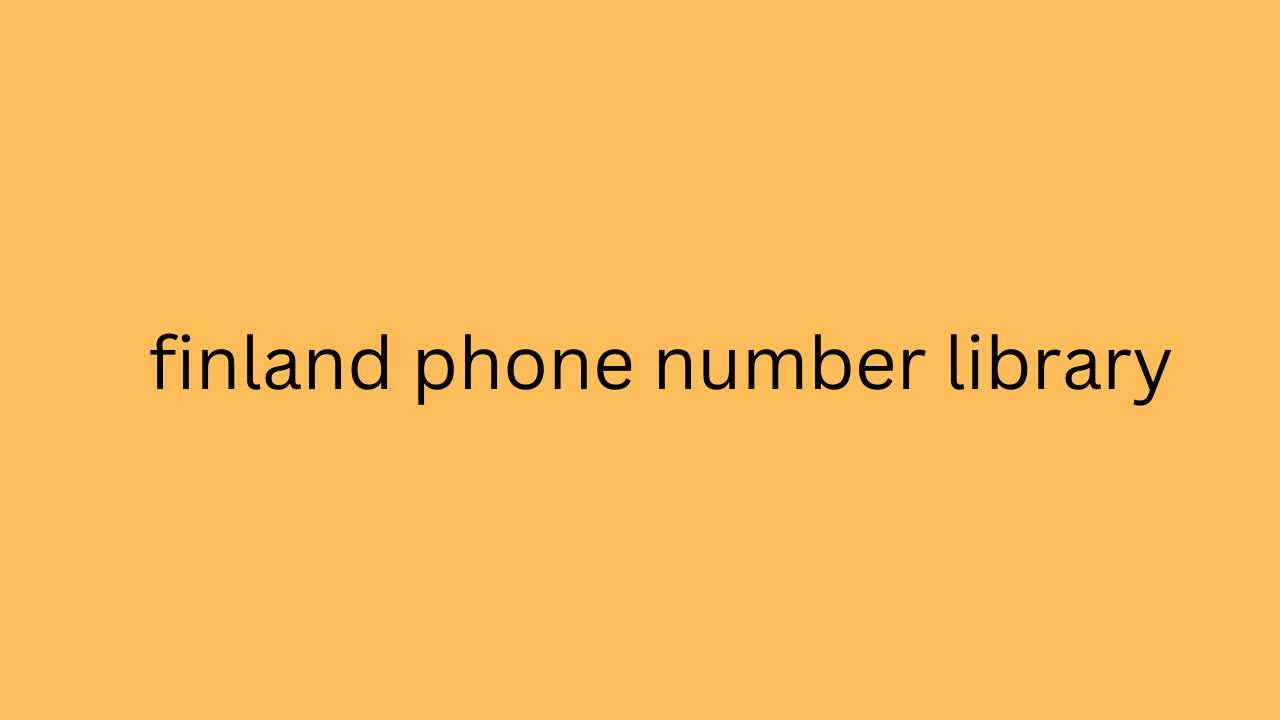Even before delving into this topic, let's dispel a myth: "telemarketing" is not (only) synonymous with "cold calling" !
Direct contact with company representatives, especially in the B2B context, is also geared towards purposes other than sales per se.
B2B telemarketing also includes appointment making services , market research surveys and, above all, the generation of qualified leads .
When implemented correctly, B2B telemarketing delivers tangible results in a short time and builds trust with key decision makers in companies.
However, it is essential to rely on professionals in the sector to make the most of it. Let's explore together the advantages and best practices of B2B telemarketing.
B2B and B2C Telemarketing: What’s the Difference?
Both B2B telemarketing and B2C telemarketing, as we have already mentioned, focus on telephone sales; however, there are some key differences .
The interlocutors of B2B telemarketing are and are only companies . For this reason, like other practices, it tends to follow longer sales cycles, given the complex nature of purchasing decisions in a business environment.
On the other hand, B2B telemarketing is more effective : by directing the sale finland phone number library of product s and services towards companies, it is possible to propose to generally more qualified interlocutors the solutions they actually need.
B2C telemarketing, on the other hand, is more oriented towards the individual consumer, tends to have shorter sales cycles, and focuses much more on the emotional sphere than its B2B counterpart.

A fundamental part of B2B telemarketing is therefore the search for the most suitable interlocutors. B2B telemarketing also goes hand in hand with lead generation and lead nurturing strategies , with the aim of identifying the potential customers most interested in the product or service for sale and establishing valuable relationships with them.
Inbound and outbound B2B telemarketing
Just like B2B digital marketing, B2B telemarketing can also be divided into two categories: inbound and outbound.
Outbound : Sales representatives cold call potential customers, with whom they have never interacted, proposing a product or service;
Inbound : Sales representatives communicate by telephone with prospects who have already expressed interest in the company, identified through lead generation and/or digital marketing campaigns.
